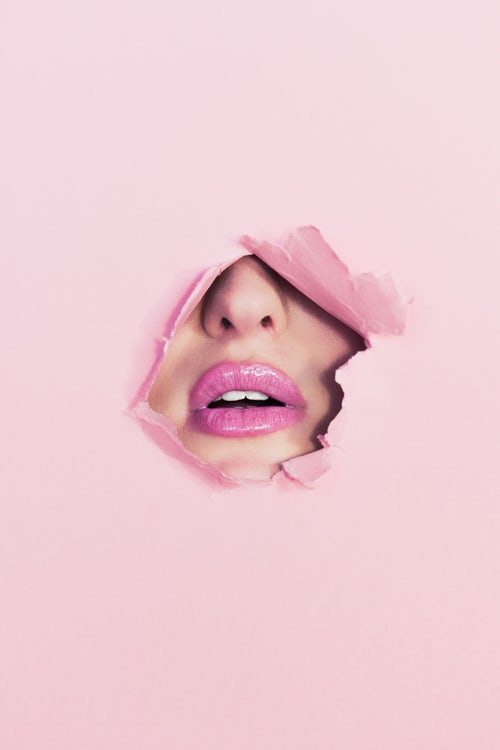I love K-Beauty. I love the cuteness of the packaging, from brands such as Etude House to Holika Holika, to how affordable and soothing the ingredients are compared to the harshness and pricing of American or European brands. However, one of the things I can’t stand about K-Beauty is the extreme bias towards deeper skin tones and the lack of darker complexion products.
While living in Korea for a period of six months, I actively searched for any brands that had any remotely tan or “deep” complexion shades. Unfortunately, my search yielded little results.
The closest I came to finding “dark” foundations were in specific stores in Itaewon, known for being an area where “foreigners”, anyone from Americans to South Africans, gather to find non-Korean necessities such as cooking or beauty supplies. In stores that were made to cater to Black women, featuring products such as wigs, extensions and so on, the only foundations for darker complexions were from American brands such as L.A. Girl. There are a few Korean brands that have delved into deeper shades; however, sadly the majority of these darker shades are only available to the American or Canadian market.
One of the primary reasons for the lack of shade diversity in K-Beauty is a longstanding prejudice towards deeper and darker skin tones. In several Asian countries, ranging from South Korea to China, fair skin is lauded as a sign of beauty and is sought off with extensive use of sunscreen, cover-ups, and oftentimes women wearing foundation several shades lighter than their own skin tone. While there are some South Korean women today who actively go tan their skin or just embrace their own natural tan complexions, the South Korean beauty industry is still strongly holding on to old-fashioned preferences of beauty.
You may ask why it matters to have darker shades of K-Beauty complexion products, such as foundation or concealer, if South Korea is still attached to the preference of fairer skin tones. The reason is K-Beauty is no longer attached solely to the South Korean market, any look at recent beauty articles or e-commerce sites like Sephora.com can tell you that K-Beauty is a worldwide phenomenon. Many K-Beauty brands such as Laneige and Dr. Jart are actively trying to become a commonplace part of the American, and worldwide, beauty market. However, in doing so, many brands are forgetting if they are trying to infiltrate foreign markets they need to create shades for customers outside of the light skin tone range. Not only is it politically incorrect, but it doesn’t make sense financially to exclude some of the most profitable groups of customers. In the United States alone, Black women spend nine times more money than their non-Black counterparts on hair and beauty products. There is also a definite market for darker shades in East and South Asian countries, especially if you consider countries like the Philippines or Dubai, where the majority of women don’t have fair skinned complexions.
As a fair-skinned European-American, frankly it’s simple enough for me to find K-Beauty complexion products to fit my skin tone. To note, many South Korean foundations shades run on the pinker side of the spectrum, whereas I have more of a yellow undertone. However, in searching out deeper toned foundation shades, I was looking for products I could bring home or recommend to my friends who do have deep complexions than myself.
There are several benefits to using South Korean produced foundations such as the light-weight feel, SPF content, or beautiful glow that these products often give on the skin. K-Beauty, I beseech you, the market is clearly there, get on board with the program and make darker complexion products.
Written by: Nicole Kirichanskaya

